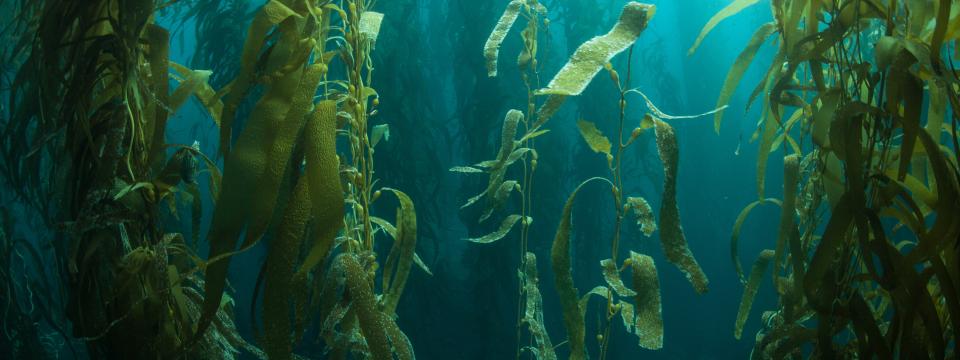Part of the development of this consortium involves defining concepts used in members’ research. This is to provide researchers a map of the range of meanings used throughout interdisciplinary teams often working on similar topics with different methods.
This catalog, or Conceptual Inventory, is a work-in-progress and we encourage multiple definitions of the same term, as well as additions. CASP members can submit a concept or a term that you would like the project leadership to consider defining and adding to the inventory. If there is a definition that you disagree with, please submit an alternative using either of the forms above.
An example of a concept entry in the inventory:
Function (Biological Role)
The manner in which an item or activity contributes to a complex activity or capacity of a biological system. (Note: a “complex activity” is the result of the way the parts and activities of a system are organized.) Compare to “Function (Activity).”
References:
Wouters, A.G. (2003). “Four notions of biological function.” Studies in History and Philosophy of Biological and Biomedical Sciences 34:633–668.
Allied Concepts:
Function (Activity), Function (Biological Advantage), Function (Evolutionary), Teleology,
Topical Filter:
Function and Teleology
Constraint
A contingent cause, exerted by particular structures or dynamics, that reduces the degrees of freedom of a process on which it acts. While a constraint influences how a process behaves, it is
Montévil, M and M. Mossio (2015). “Biological organisation as closure of constraints.” Journal of Theoretical Biology 372:179–191.
Autonomy, Organizational Closure, Regulation (or, Biological Regulation), Work-Constraint Cycle
Agency and Autonomy
Developmental Plasticity
The capacity of genetically similar individuals to produce substantially different phenotypes in response to environmental conditions.
West-Eberhard, M.J. (2003). Developmental plasticity and evolution. Oxford: Oxford University Press.
Ecosystem Engineering
A process whereby organisms directly or indirectly control the availability of resources for other organisms by physically modifying their environments. Compare to “Niche Construction.”
Jones, C.G., Lawton, J.H. and M. Shackak (1994). “Organisms as ecosystem engineers.” Oikos 69:373–386.
Ecology and Earth System Science
Evolutionary Trend (Active, or Driven)
Directional change of traits or features in a lineage, or a discernible pattern of change in a large sample of lineages, caused by forces whose operation over time is relatively homogeneous (acting
McShea, D.W. (1994). “Mechanisms of large-scale evolutionary trends.” Evolution 48(6):1747–1763.
Evolutionary Trend (Passive)
Directional change of traits or features in a lineage, or a discernible pattern of change in a large sample of lineages, caused by forces whose operation over time is heterogeneous (acting in more
McShea, D.W. (1994). “Mechanisms of large-scale evolutionary trends.” Evolution 48(6):1747–1763.
Evolvability
The capacity or potential of a system to evolve or generate heritable variation.
Kirschner, M. and J. Gerhart. (1998). “Evolvability.” Proceedings of the National Academy of Sciences of the United States of America 95:8420-8427.
Exaptation
A trait that evolved to perform a particular function but that was later co-opted (but not selected) to play a different role; or, a trait that evolved as a correlate of growth or accidental by-pro
Gould, S.J., and E.S. Vrba (1982). “Exaptation—a missing term in the science of form.” Paleobiology 8:4–15.
Adaptation, Fitness (Absolute), Fitness (Relative), Function (Evolutionary), Natural selection, Spandrel
Adaptation and Adaptationism
Exploratory Behavior
Activities that are capable of searching out and finding targets in a novel environment.
Gerhart and Kirschner (2007). “The theory of facilitated variation.” PNAS 104(suppl. 1):8582–8589.
Active Matter, Agency (Intentional), Agential Explanation, Niche construction, Developmental Plasticity
Causation in Development and Evolution

